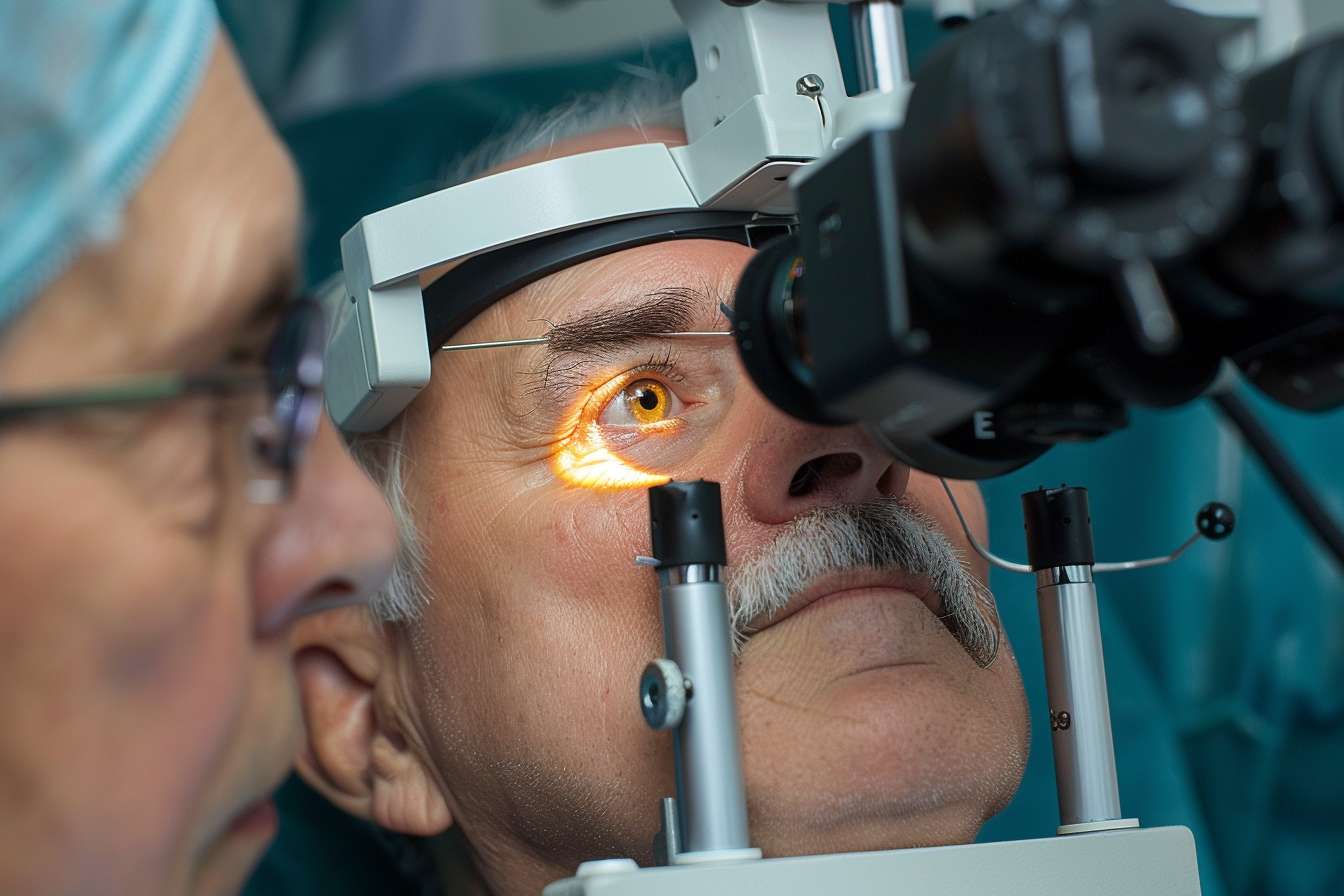Navigating Parathyroid Disorders: Symptoms, Diagnosis, and Treatment Options in the U.S.
Parathyroid disorders often fly under the radar due to their subtle symptoms and similarity to other medical conditions. Yet, if left untreated, they can significantly affect a person's quality of life. From early warning signs to the latest options for managing hyperparathyroidism, understanding how these small glands function is essential for those experiencing unexplained fatigue, bone loss, or calcium imbalances.

Understanding Parathyroid Disorders
Parathyroid disorders occur when the four tiny glands located in the neck produce either too much parathyroid hormone (hyperparathyroidism) or too little (hypoparathyroidism). These conditions directly affect calcium regulation in the blood, bones, and other tissues. Primary hyperparathyroidism is the most common type, usually caused by a benign tumor in one of the glands.
Signs and Symptoms Not to Ignore
Common symptoms of parathyroid disorders include:
-
Fatigue and weakness
-
Bone and joint pain
-
Kidney stones
-
Depression and memory problems
-
Frequent headaches
-
Osteoporosis
-
Digestive issues
Many of these symptoms can be subtle and develop gradually, making them easy to dismiss or attribute to aging or other conditions.
How Is Parathyroid Disease Diagnosed?
Diagnosis typically begins with blood tests measuring calcium and parathyroid hormone levels. Additional diagnostic tools include:
-
24-hour urine calcium testing
-
Bone density scans
-
Sestamibi scan to locate enlarged parathyroid glands
-
Ultrasound of the neck
-
CT or MRI scans in some cases
New Treatment for Hyperparathyroidism and Other Options
Treatment options vary depending on the specific condition and its severity. Current approaches include:
| Treatment Option | Description | Typical Success Rate |
|---|---|---|
| Minimally Invasive Parathyroidectomy | Single small incision surgery | 95-98% |
| Traditional Surgery | Four-gland exploration | 90-95% |
| Medical Management | Calcium-lowering medications | 60-70% |
| Ethanol Ablation | Minimally invasive injection | 80-85% |
Prices, rates, or cost estimates mentioned in this article are based on the latest available information but may change over time. Independent research is advised before making financial decisions.
Most parathyroid surgeries cost between $20,000 and $45,000, though insurance typically covers a significant portion. Medication management can range from $50 to $300 monthly, depending on the prescribed drugs and insurance coverage.
Final Thoughts
Parathyroid disorders, while complex, are highly treatable when properly diagnosed. Success rates for surgical intervention are excellent, particularly when performed by experienced endocrine surgeons. Regular monitoring of calcium levels and maintaining open communication with healthcare providers ensures optimal management of these conditions.
This article is for informational purposes only and should not be considered medical advice. Please consult a qualified healthcare professional for personalized guidance and treatment.




